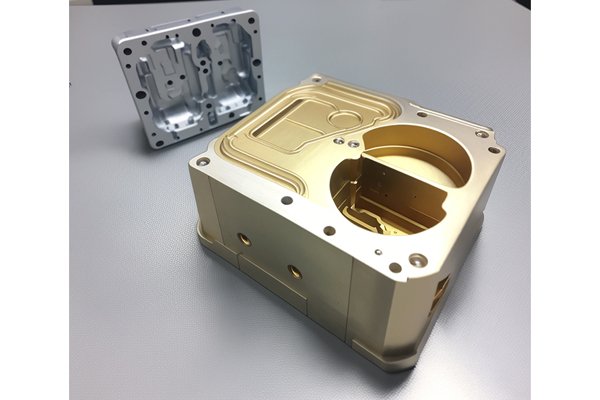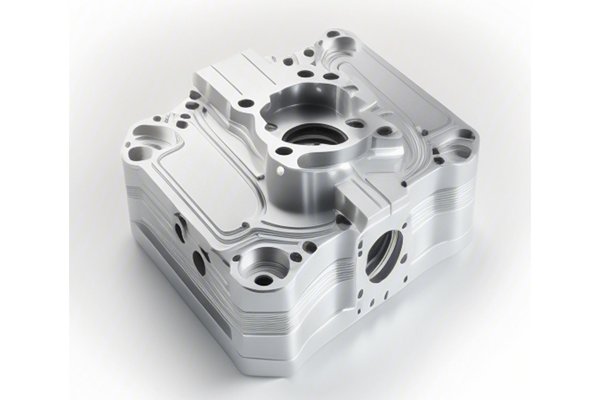When you think about the world of machining, what comes to mind? Perhaps the whirring sound of a CNC machine, the gleam of freshly cut metal, or even the precision involved in turning processing. But if you dig a little deeper, you’ll discover a whole realm where the magic happens—surface strengthening. Think of it as the secret sauce that makes your machined parts not just functional, but extraordinarily resilient and reliable.
In this comprehensive article, we will explore the intricacies of surface strengthening in turning processing, covering everything from techniques and benefits to real-world applications. By the time you finish reading, you’ll have a treasure trove of knowledge that will not only enlighten you but also pique your curiosity. So, grab a cup of coffee, get comfy, and let’s dive in!
What is Turning Processing?
Before we plunge into the depths of surface strengthening, let’s take a moment to understand turning processing. Picture this: you have a cylindrical piece of material, like metal or plastic. Using a lathe, you can spin that material while a cutting tool shapes it into precise dimensions. This process is like sculpting—but instead of clay, you’re shaping a solid block of material into components that can range from simple rods to intricate parts used in machinery.
But what elevates turning processing from merely functional to fabulous is the implementation of surface strengthening techniques. Just as an artist might add details to their sculpture for a better visual appeal, manufacturers employ these techniques to enhance the durability and performance of their turned parts.
Why Surface Strengthening?
Imagine buying a shiny new car, only to find out its paint chips off at the slightest bump. Frustrating, right? Just like that car needs a protective coat, your manufactured parts require surface strengthening to enhance their performance and longevity. Here’s why it matters:
One of the primary objectives of surface strengthening is to improve durability. The outer layer of a material often faces the brunt of wear and tear. By implementing various strengthening techniques, manufacturers can ensure that the surface can withstand abrasions, corrosion, and fatigue. Think of it as giving your metal parts a suit of armor!
More often than not, the efficiency of a machinery component hinges on its surface quality. A well-strengthened surface can minimize friction, leading to smoother operational performance. Imagine gliding down a highway in a well-tuned sports car versus stumbling along in a rickety old vehicle—performance truly matters!
While investing in quality surface strengthening may require some upfront costs, the long-term benefits often outweigh these. Think of it as spending a bit more on preventive care for your car. It saves you from unnecessary repairs down the line. Similarly, correctly strengthened components tend to have longer lifespans, translating into lower maintenance costs and reduced downtime for machinery.
Key Techniques for Surface Strengthening
Now that we understand why surface strengthening is essential, let’s delve into some of the most popular techniques used in turning processing.
Hardening is akin to giving metal parts a no-nonsense workout. The process typically involves heating the material to a specific temperature and then rapidly cooling it, which alters its microstructure to achieve increased hardness. This technique can significantly enhance wear resistance, ideal for parts that endure frictional forces.
Imagine putting a raincoat on your favorite jacket to protect it from the elements. Similarly, coating involves applying thin layers of material onto the surface of components. The most common coatings include nitriding, chrome plating, and PVD (Physical Vapor Deposition). These coatings act as shields, offering additional resistance against wear, corrosion, and extreme temperatures.
Shot peening is a little like giving your parts a gentle massage. It involves bombarding the surface with small spheres, causing compressive stresses that enhance fatigue resistance. This technique is widely used in industries where parts experience cyclic loading, like aerospace or automotive.
If you’re familiar with aluminum products, you might have come across anodizing. This process enhances corrosion resistance while allowing for an attractive finish. Anodizing is popular in kitchen appliances, consumer electronics, and even architectural components—it’s an eye-catcher!
This is where the finesse comes into play. Surface grinding is a precision technique used to achieve smooth and flat surfaces. By grinding away small amounts of material, the surface can achieve a high degree of accuracy and a polished finish, making it ideal for components requiring tight tolerances.
For cutting-edge industries, laser treatment is a marvel! By using concentrated laser beams, manufacturers can precisely modify the surface structure for improved hardness or resistance to wear without affecting the core properties. It’s like wielding a magic wand that enhances your machine part’s capabilities!
How Do You Choose the Right Technique?
Choosing the right surface strengthening technique isn’t just a guessing game; it involves understanding your specific application, material properties, and functional requirements. Here are a few questions to consider:

If your parts will be exposed to moisture, you might lean towards coatings or anodizing. For high-friction environments, hardening or shot peening may be more effective.
Are you looking for increased hardness, enhanced wear resistance, or better fatigue life? Matching the right technique with your performance needs is essential.
While some techniques are costlier, they may offer better long-term benefits. Always evaluate the impact on your budget and operational efficiency.
Applications of Surface Strengthening
You might be wondering, “What sectors utilize these surface strengthening techniques?” The answer is simple—pretty much all of them! Here are a few areas where these techniques shine the brightest:
In the aerospace domain, even the smallest component can have incredible implications for safety and performance. Surface strengthening ensures that airplane parts remain robust while enduring extreme conditions.
From engine components to brake systems, surface strengthening is vital in the automotive sector. It enhances durability, improves efficiency, and minimizes the risk of failure, making for safer vehicles on the road.
In manufacturing environments, where machinery components are subject to constant wear and tear, implementing surface strengthening techniques translates directly into improved productivity and reduced downtime.
In the medical field, precision matters. Surface-treated components like surgical instruments and prosthetics not only enhance performance but also ensure that they are safe and resilient for user interaction.
Challenges and Considerations
While surface strengthening offers remarkable advantages, it’s not without its challenges. Here are a few points to keep in mind:
Manufacturing tolerances and the intricacies of each technique can impact final product quality. Balancing between the desired hardness and the risk of warping or other dimensional changes must be carefully managed.
Some techniques involve processing chemicals that can be hazardous. Manufacturers must consider their environmental impact and adhere to regulatory standards. It’s always essential to balance safety with performance.
While certain strengthening techniques offer high durability, their initial costs may be prohibitive for small manufacturers. Evaluating the total cost of ownership, including maintenance and replacement, becomes crucial.
Exploring the Future of Surface Strengthening
As technology evolves, so does the realm of surface strengthening. Innovations like nanotechnology are likely to usher in a new era filled with materials that possess unique properties yet still embrace the fundamentals of traditional techniques.
Imagine a world where components can be both lightweight and incredibly strong, revolutionizing industries—from aerospace to automotive—while paving the way for more sustainable practices. We will see exciting advancements that could reshape our understanding of what materials are capable of.
Conclusion
Surface strengthening is more than just a technical necessity; it’s an art form that enhances the performance and longevity of turned components. By employing various techniques tailored to the specific requirements of each sector, manufacturers can transform ordinary materials into extraordinary ones.
Whether you’re in the manufacturing industry or simply fascinated by the marvels of engineering, understanding the significance of surface strengthening in turning processing equips you with valuable knowledge. So, the next time you encounter a machined part, you’ll appreciate the craftsmanship that went into ensuring its durability and performance.
Let’s foster a culture of innovation and exploration in this realm! What techniques do you find most intriguing, or what applications spark your curiosity? Together, let’s open this discussion and share insights—because every mastery starts from a point of understanding!



